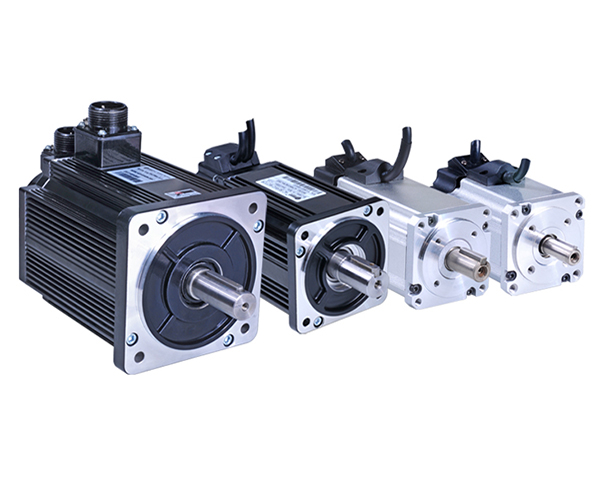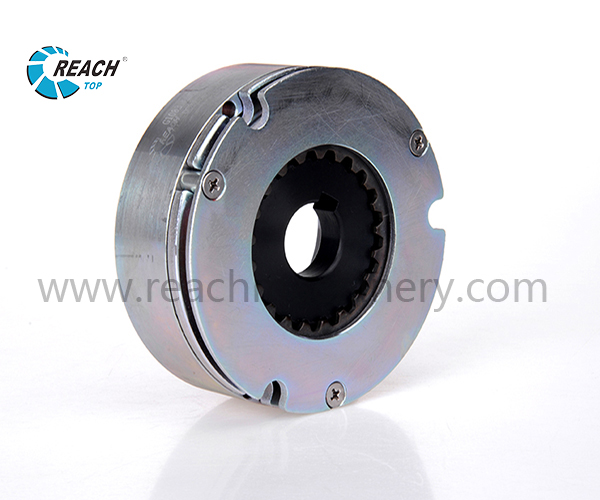contact: sales@reachmachinery.com
Electromagnetic brakes are widely used in industrial automation. With the increasing level of automation, electromagnetic brakes are used in various industries. They have the sacred mission of protecting life safety while ensuring equipment safety.
Electromagnetic Brake has many aliases in the industry, such as EM brake, spring-applied electromagnetic brake, holding brake, and power-off brake, etc.
Today, let’s discuss the ways of coordinating the motor shaft and electromagnetic brake.
Usually, there are three ways of coordinating the motor shaft and inner bore of the brake:
1, The direct interference fit between the motor shaft and brake inner bore:
Advantages: High transmission accuracy due to the interference fit without clearance between the outer circle of the motor shaft and the inner circle of the brake bore. No noise is generated during motor working.
Disadvantages: When assembly, it usually requires installation with a hot setting or cold pressing, so the transmitted torque is relatively small.
2, The motor shaft is milled flat and fitted directly with the brake
Advantages: Low processing difficulty and simple assembly.
Disadvantages: Low transmission accuracy, easy to generate noise.
3, Connecting the motor shaft and brake wheel through a key, which can be a flat key or a spline key.
Advantages: High load-bearing capacity, and can transmit larger torque.
Disadvantages: Stress concentration, easy to be worn; high processing difficulty, relatively high cost.
Reach Brakes
In summary, the coordination of the motor shaft and electromagnetic brake is an essential aspect of industrial automation. Choosing the right coordination method can ensure the accuracy, safety, and efficiency of equipment operation.
Post time: Apr-27-2023


